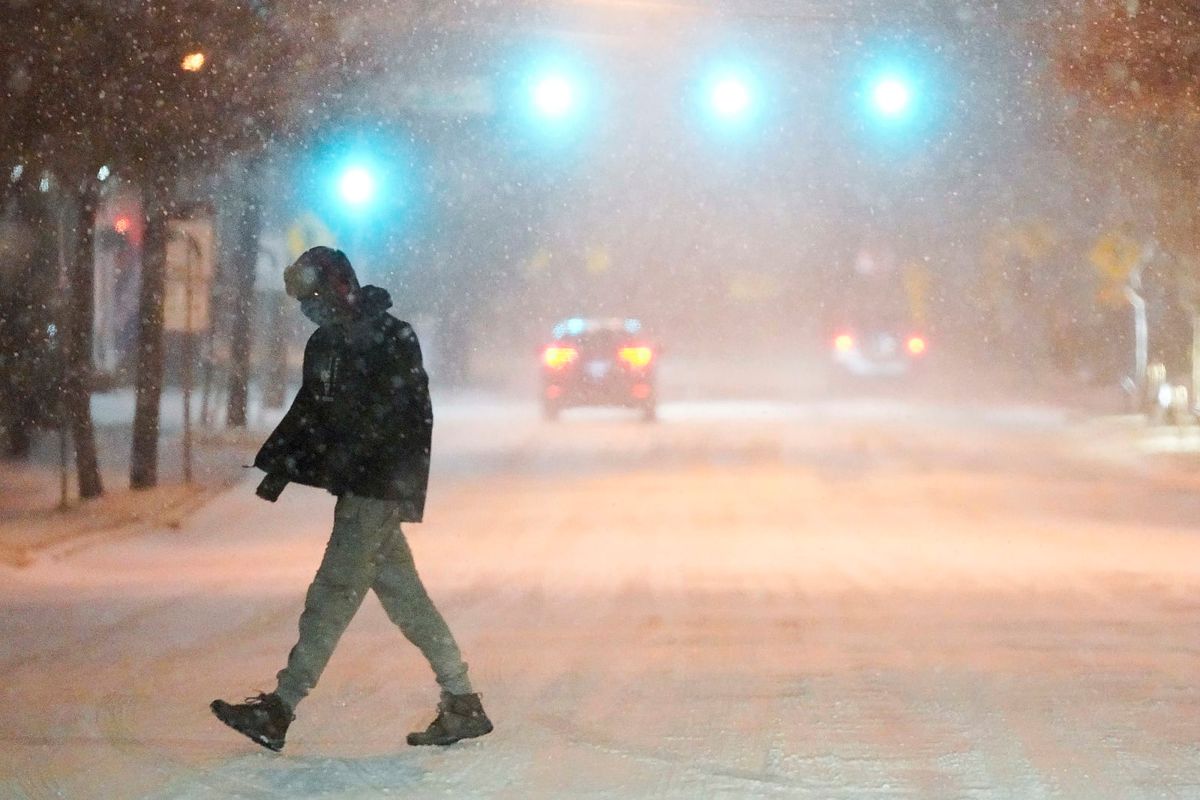Bandy X. Lee, DC Report @Raw Story
February 22, 2021
As U.S. Covid-19 deaths have exceeded 500,000, an article in the Lancet lays much of the responsibility squarely on Donald Trump.
While much has been said about the Jan. 6 Capitol attack, the true scandal is how and why a psychologically dangerous person was allowed to preside over more American deaths in one year than those by all the terrorists and foreign enemies in one hundred years.
If impeachment for inciting violent insurrection was too slow, occurring a week after the event as he held onto full nuclear powers, for the deadliest assault that was killing thousands of Americans every day, impeachment did not even happen.
Ignoring the dangerous psychology and mental unfitness in a U.S. president has led to multiple disasters for the nation and the world.
Whereas Joe Biden has tackled the pandemic with admirable single-mindedness and speed, he may already have inherited an impossible mission. Herd immunity, or achieving immunity in 70% to 85% of the population, may be elusive for a problem that spiraled out of control for nearly a year. The Trump presidency was emblematic for ignoring the mounting problem, sabotaging public health efforts, and even threatening governors who tried to follow Centers for Disease Control and Prevention (CDC) guidelines. And now, rampant infection has allowed mutation into different variants, Donald Trump's "Project Warp Speed" itself was a hoax with an alarmingly slow start, and a mental health pandemic may hamper the vaccination of more than half of U.S. adults.
Ignoring the dangerous psychology and mental unfitness in a U.S. president has led to multiple disasters for the nation and the world. It remains conjecture whether we would even have a pandemic had Donald Trump's pathological envy of his predecessor not dismantled his highly-praised pandemic-preparedness systems, or his anti-science compulsion not bled the CDC dry, such that it needed to pull out its China team just months before the novel coronavirus outbreak.
Experts Blocked
Before a large portion of the population became "psychologically immune" to facts and sound advice, mental health professionals were making a breakthrough, raising the issue to the number one topic of national conversation and receiving invitations from all the major news programs. Then, the American Psychiatric Association (APA) stepped in to block us permanently from the major media.
In early 2017, when the APA changed its ethical guidelines to create a gag order on public figures, in time to shield Donald Trump from criticism, some of us estimated that, if he were not held accountable for mental unfitness—the number one emergency of the presidency and the cause of most other crises—then no other accountability would gain traction. Indeed, Congress members who depended on us to "educate the public medically so we can act politically" could no longer act, and the entire nation acculturated to a malignant normality that culminated with a largely preventable plague and a violent insurrection based on pure fabrication.
On the Comeback
Currently, after committing perhaps the greatest act of terror against one's own government this nation has seen, he has not only roamed free for almost two months but has practically announced that he will have another go at it. At least this is what can be extrapolated from his recent statements, interviews, and promise to speak at the Conservative Political Action Conference. Since opportunities to contain him and his influence through Senate conviction were not taken, he seems emboldened to undermine the new administration and to reassert himself on the political scene. However, we are not helpless, and here is what the president can do:
First, prosecute Donald Trump. Whereas Biden does not have direct prosecutorial power, which is the domain of the Department of Justice or the states, he has considerable moral authority and influence as president. If he truly wishes "reconciliation" and "unity", he should heed the advice of mental health experts, who have long warned that the current situation is too far beyond normalcy to apply rational logic. With pathological personalities, the correct management consists of limit setting, containment, and full and speedy prosecution of Donald Trump and all who helped orchestrate his criminal acts. Biden should help reclaim what has been lost by emphasizing and affirming lawfulness, morality, and reality. The sooner this can happen, the sooner we will have the safe space to begin our national healing.
Second, stem Trumpism. One of the tragic effects of an uncontained and prolonged, highly pathological presidency has been a mental health pandemic, or "shared psychosis" at alarming levels, which has worsened our collective mental health and torn apart communities, families, and couples. As a result, we find ourselves living in different realities, sometimes in the same household, and mourning family members who are still living but lost to us. The personality cult Donald Trump has cultivated is not a formal cult of relatively small numbers isolated from the rest of society but indoctrinated from the very positions of president and mainstream "news". Rather, the isolation is psychological, in that vulnerable individuals are psychologically conditioned to reject facts and logic and to accept only a false, "authorized reality," without the need for physical insulation from the world. I outline a multi-step course in my Profile of a Nation: Trump's Mind, America's Soul, but the first step to recovery is to discredit and to keep Donald Trump out of public life.
Third, divest from corrupt associations. When the APA intervened to help entrench the Trump presidency, it denigrated its own field, reinforcing public misconceptions of psychiatry as mere speculation that anyone could do, yielding little knowledge without some mythical advantage of a private examination and being a stigmatized field that, unlike all others, the public should never hear from experts about. It deprived the American people of critical knowledge, just as those in power were employing psychological techniques for illegitimate control, and subsequently took funds and privileges from the Trump administration, with its affiliates receiving one windfall after another for their institutions in ways that are asymmetric from other institutions of science and medicine under the same administration. The Biden administration does not have to go along with a "mental health association" that has harmed public health by sidelining the field it purportedly represents, and should not appoint without an investigation Jeffrey Lieberman, the foremost enabler of the Trump presidency, to any position under Health and Human Services Secretary Nominee Xavier Becerra, whose confirmation is this week.
The World Mental Health Coalition, which formed in part to step in where the APA failed in its societal leadership, is forming a Truth and Reconciliation Commission to research how and why a mental health emergency went unaddressed under the Trump presidency. We are also available for consultation regarding fitness tests for presidential and vice-presidential candidates, the prevention of dangerous leadership, and the promotion of societal mental health.











